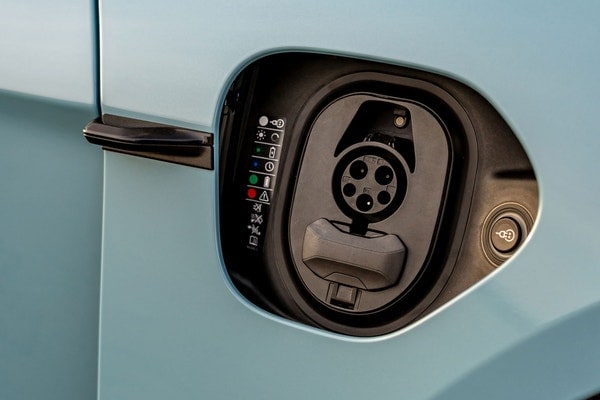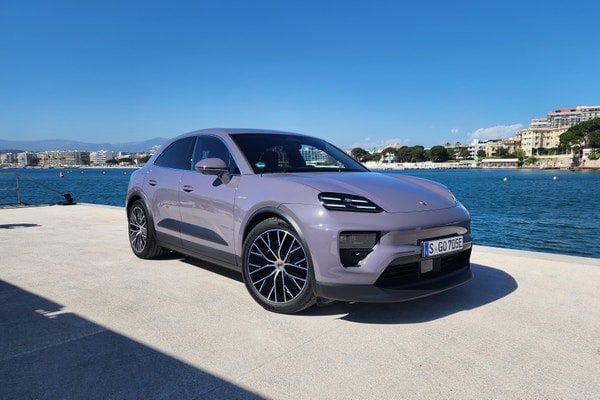Used 2017 Porsche Panamera Base Sedan Review
Consumer reviews
There are no consumer reviews for the 2017 Porsche Panamera Base Sedan.
Edmunds Summary Review of the 2017 Porsche Panamera Base Sedan
Pros & Cons
- Pro:Authoritative acceleration from either the V6 or V8 engine
- Pro:Sports-car-like handling around turns
- Pro:Sleek, futuristic interior with the latest technology
- Pro:Hatchback design provides more cargo-carrying versatility than traditional executive sedans
- Con:Only two rear seats (in case you prefer a middle seat)
Full Edmunds Review: 2017 Porsche Panamera Sedan
Driving
Interior
The 2017 Panamera's dashboard is an inviting combination of old and new. Porsche's classic five circular gauges of 911 fame are arrayed in front of the driver, including a sporty, center-mounted tachometer. But the tach is the only analog gauge; the others are high-resolution digital affairs that are also highly configurable. In the middle of the dash is a stunning "glass-look" 12-inch touchscreen, and below that the center vents and climate controls flow gracefully into a prominent console that bisects the entire passenger cabin, all the way through the rear seat.
Despite the lower roofline for this generation (slinky styling has its costs), Porsche says rear headroom remains about the same, which means even taller adults should be plenty pleased with the two-seat accommodations, though three-across seating continues to be unavailable. There's no doubt rear passengers will love the optional rear entertainment system, which includes twin 10-inch displays, 32 gigabytes of dedicated storage space, micro-SD and micro-USB connectivity, Bluetooth (with wireless headphones) and compatibility with the mobile Wi-Fi setup.
In terms of cargo space, the Panamera offers 17.4 cubic feet with the rear seatbacks in place — a competitive figure relative to executive-sedan rivals — and a handy 46 cubes with those seatbacks folded down.
Edmunds Insurance Estimator
The Edmunds TCO® estimated monthly insurance payment for a 2017 Porsche Panamera in Washington is:
not available


